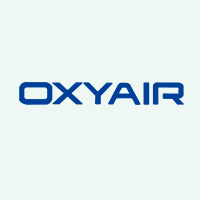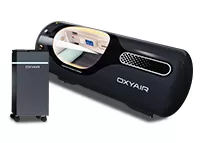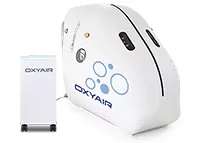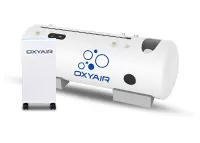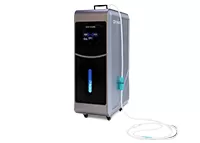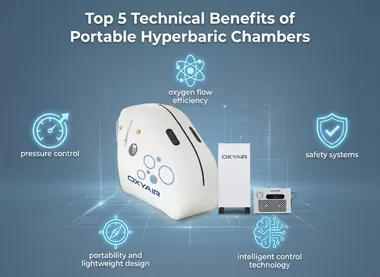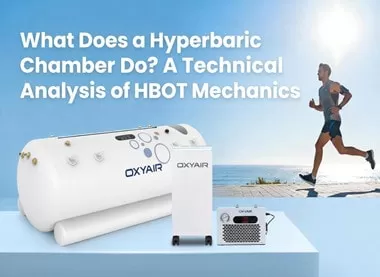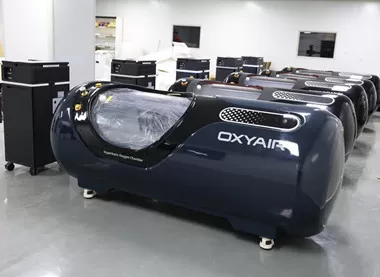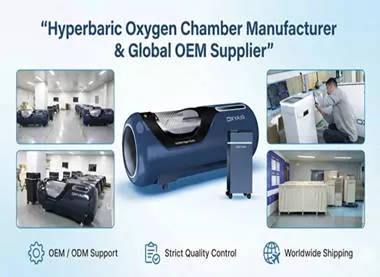What You Need to Know About Oxygen Concentrators During The Epidemic?
What You Need to Know About Oxygen Concentrators During The Epidemic
With the COVID-19 pandemic, the surge in new infections has led to an alarming increase in the number of active cases, and the resulting strain on our public health infrastructure has led to a dramatic increase in the demand for oxygen concentrators.
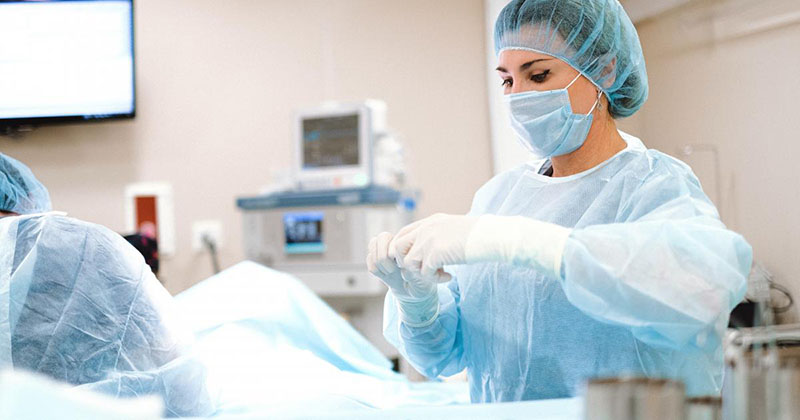
Why do you need an oxygen concentrator?
To survive, we need a steady supply of oxygen, which flows from our lungs to the various cells of the body. COVID-19 is a respiratory illness that affects our lungs and can cause oxygen levels to drop to dangerous levels. In this case, we need oxygen therapy—medical use of oxygen to raise our oxygen levels to clinically acceptable levels.
Oxygen levels are measured by oxygen saturation, abbreviated as SpO2. This is a measure of the amount of oxygen-carrying hemoglobin in the blood. A healthy person with normal lungs has an arterial oxygen saturation of 95%–100%.
According to the World Health Organization's pulse oximetry training manual, if the oxygen saturation is 94% or lower, the patient needs to be treated quickly. Saturation below 90% is a clinical emergency.
How does an oxygen concentrator work?
We know that the atmosphere is about 78% nitrogen and 21% oxygen. Oxygen concentrators are simple devices that draw in ambient air and increase the oxygen concentration by filtering nitrogen.
These oxygen concentrators provide the oxygen the body needs in the same way, such as an oxygen tank or cylinder, using a cannula, oxygen mask or nasal tube. The difference is that while the cylinders need to be refilled, the oxygen concentrators work 24x7.
Who can use the oxygen concentrator?
People with insufficient oxygen absorption by oxygen concentrators include those with respiratory tract (allergic nose, asthma, old chronic bronchitis), cardiovascular (hypertension, coronary heart disease), cerebrovascular (stroke), blood disease (anemia), elderly ( Diabetes), etc. have obvious effects. Many middle-aged and elderly people cannot get COPD with blood oxygen, so they need to inhale oxygen at home for a long time. Oxygen concentrators are also used in moderate COVID-19 cases, when the patient's oxygen levels drop and the oxygen demand is at a maximum of 5 liters per minute.
How to choose an oxygen concentrator
For oxygen concentrators, different products have many different functions and advantages, and you can choose according to the functions and advantages of oxygen concentrators. Therefore, this article summarizes some common functions of oxygen concentrators to help you get to know them step by step, so that you can easily choose an oxygen concentrator that suits your needs.
Flow rate of oxygen concentrator
One of the easiest and most important factors to consider when purchasing an oxygen concentrator is flow capacity. Flow rate is the rate at which oxygen can flow from the machine to the patient.
Some oxygen concentrators may have lower flow rates (in the range of 250 to 750 ml per minute), while others may offer higher flow rates (for example, in the range of 2 to 10 liters per minute). Since not all oxygen concentrators offer the same range of flow rates, it is critical to understand the flow rates offered by the product before purchasing.
Oxygen Concentrator Dimensions and Weights
Some oxygen concentrators are high-power products and provide higher flow, but are usually larger and heavier. And some portable oxygen concentrators usually weigh between 2.2kg and 4.5kg, thus sacrificing a higher flow rate for easy portability during travel and travel. This makes it an ideal tool for patients who do not require high oxygen flow rates.
Oxygen concentration
After being compressed and filtered in an oxygen concentrator, the oxygen delivered to the patient has a percentage pure oxygen content. This value is called the oxygen concentration. Oxygen concentration levels are limited by the number and design of filtration systems in the oxygen concentrator and the efficiency of the concentrator nitrogen removal screen system.
Although most products provide oxygen concentration values between 87% and 99%, more powerful products designed for patients requiring high oxygen flow are also able to provide higher oxygen concentrations, while providing light weight for patients on the go , portable oxygen concentrators usually do not require the highest oxygen concentration.
Noise
Noise is also an aspect that needs to be considered when choosing an oxygen concentrator. Due to their wide range of construction, layout, and power levels, oxygen concentrators can generate a variety of noises when operating. Some smaller portable oxygen concentrators are very quiet. For example high power, high flow oxygen concentrators can be a bit noisy when running because they require both higher power and higher oxygen flow from them.

